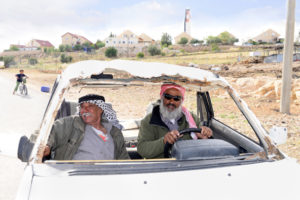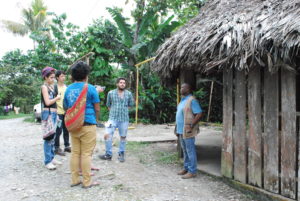CULTURAL SENSIBILITY
a paradigm shift

Integrate cultural sensitivity in our projects
Project impacts can only be sustainable if they are fully appropriated by all stakeholders. Cultural sensitivity is essential to allow good appropriation. Cultural sensitivity consists of any approach taken to read the contexts in which we work and to integrate cultural dimensions into humanitarian programs. This includes the shared systems and meanings of ...
Continue reading
A paradigm shift
CERAR proposes to integrate cultural sensitivity into all humanitarian initiatives to create an operational awareness of the diversity and complexity of cultures through dialogues and a common openness. The objective is not to replace one culture with another but to find the right balance between humanitarian principles (humanitarian culture), organizational cultures, …
Continue reading
Cultural sensitivity, resilience and localisation
Consciously but more often still unconsciously, daily life is reorganized according to crises and finds in cultural aspects, the means to develop strategies for survival, adaptation and resilience. It is often the cultural determinants that make sense of the crisis and of the future that will never be like the pre-crisis situation. Cultural sensitivity makes it possible to highlight its …
Continue reading
Understanding cultural complexity
Often, taking into account the context and culture is seen as an obvious fact that does not require a lot of exploration, at the risk of falling into stereotypes but also of not perceiving the added values and assets of various cultures. Very often, cultural diversity is reduced, simplified to a few tangible aspects, representing the top of the cultural iceberg (such as clothing, culinary prohibitions, body language or modes of greeting) or to technical knowledge ...
Continue reading
Take into account the variations created by crises
Crises, especially when they are prolonged, radically and sometimes dramatically affect daily life but also perceptions, values and behaviors. So for example, the way of taking risks or the fear of “the other” will legitimize the use of violence or the fear of the future will make long-term investments and the establishment of routines difficult. It is easy to confuse the elements linked to ...
Continue reading